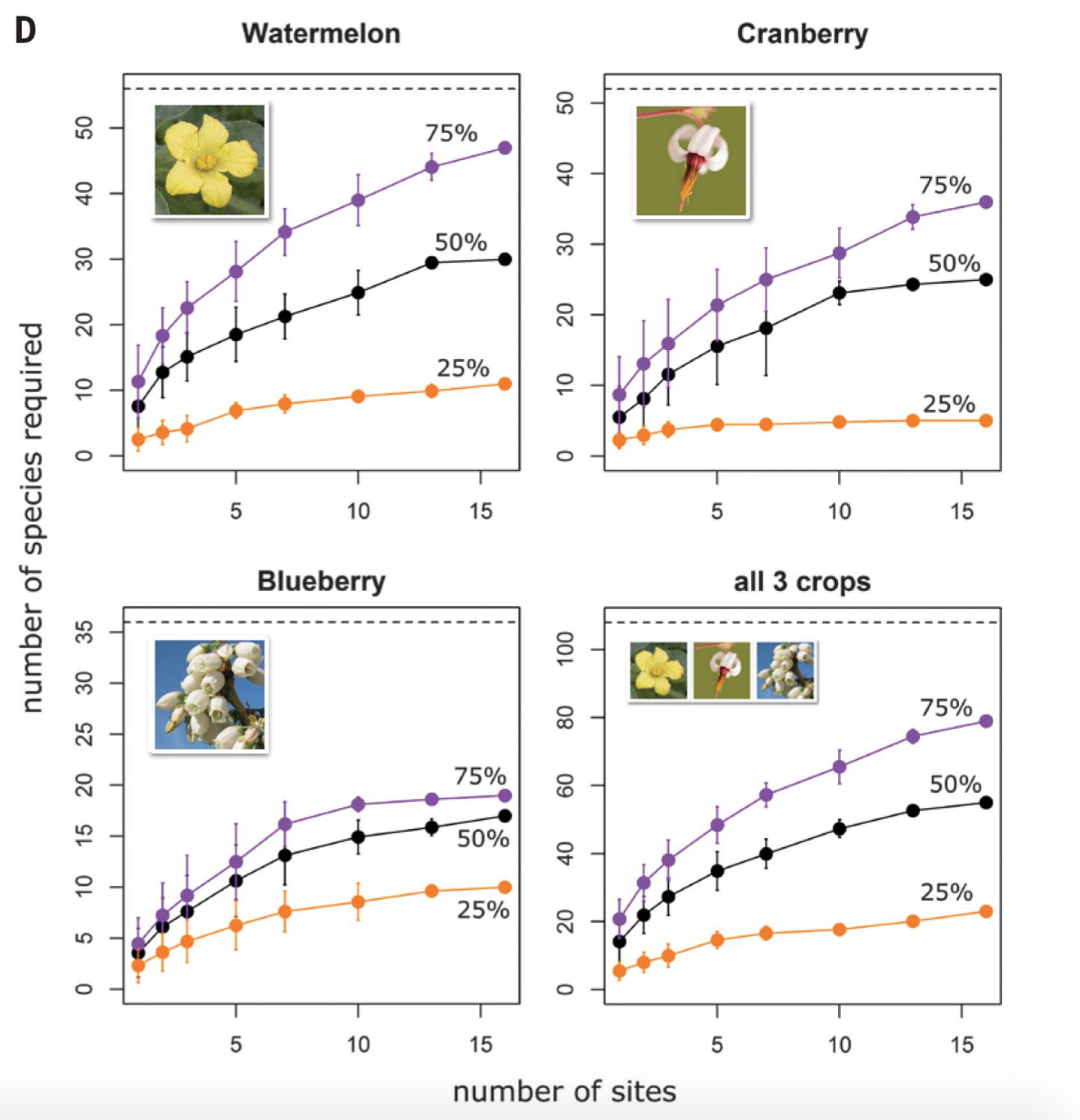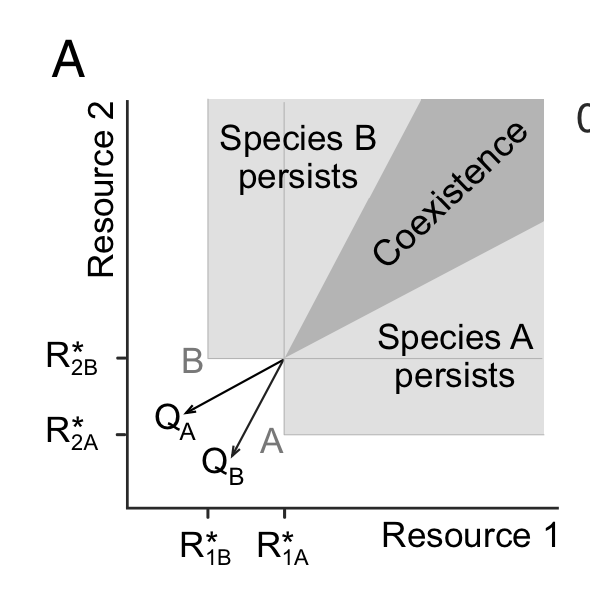In November of 2017, Nature Ecology & Evolution published “100 articles every ecologist should read” by Courchamp and Bradshaw, sparking a social media outrage. Rightfully so, because the list of first authors only included two women. There remains a pervasive perception that women lack the skills to practice science, and that there simply are not enough women in the field for them to have made a significant contribution, referring to the male-dominated history of the sciences. Many of us have come across studies highlighting gender bias in science education - which people have attempted to use to explain gender gaps in STEM fields. However in 2011, neuroscientist Melissa Hines found no significant difference between the mathematical, spatial, and verbal skills of boys and girls. But of course that finding did not receive much attention. In light of the emerging discourse of vital inclusivity in science, now is the time to confront our own social biases with the goal of achieving gender equity in the scientific community.
Instead of rehashing these outdated arguments, why don’t we talk about the barriers that women face in science? Why don’t we talk about the sexism in the publishing and peer-review process? In 2015, evolutionary geneticist Fiona Ingleby submitted a research paper to PLOS ONE, where the peer-reviewer suggested that she work with male biologists in order to strengthen the study, stating, “It would probably … be beneficial to find one or two male biologists to work with (or at least obtain internal peer review from, but better yet as active co-authors).” The under-recognition of women scientists has been so rampant in the fabric of science that it has been coined the Matilda effect; named after the first women scientist to comment on the phenomenon, Matilda Jocelyn Gage.
Why don’t we talk about the barriers women face in accessing employment in science, even while possessing the same qualifications as their male counterparts? At Yale University, a study was conducted wherein over 100 scientists assessed a resume for a job posting. The only difference between the resumes were the names; half of them were given recognizably male names, and the other half recognizably female names. The resumes submitted under the female names were deemed significantly less competent and employable, and were offered lower salaries. Clearly there is work to be done.
And then there was Tim Hunt, a Nobel laureate who made outright sexist comments at the World Conference of Science Journalists stating, “Let me tell you about my trouble with girls … three things happen when they are in the lab … You fall in love with them, they fall in love with you and when you criticize them, they cry.” Twitter responded with the hashtag #DistractinglySexy, where women scientists shared unglamorous photos of them doing their research work. Hunt subsequently resigned from his honorary post at the University College-London. We may think that this is an exceptional and isolated event, but studies show that we are not immune to these kinds of social forces of gender discrimination, even if we like to think so — especially as scientists. These seemingly minor micro-aggressions translate to devastating and tangible effects, such as the gender pay gap.
Photo
by @STEPHEVZ43 on Twitter, as a response to Tim Hunt’s sexist comments.
Within scientific fields, we like to pride ourselves in being as close to bias-free as possible with our empirical, quantitative, and reproducible data. But scientists are people, and as such, we must confront the cultural and social influences that may permeate our objectivity. As scientists, we do not like to admit to this. But if we are going to arrive as close to the truth as possible, we need to capitalize on the emerging discourse of gender issues in science.
As of 2015, Canadian women represented only 22% of the STEM workforce. Not only are women under-represented in the workforce despite 62% of undergraduate students being women, but they are under-compensated. According to Statistics Canada, the wage gap persists across all fields, with the women median income of a bachelor’s degree being $68,342, and $82,083 for men. This is not a “third world” problem. This is a global issue. It is indisputable that there are systemic barriers that women face when pursuing careers in science. So why can’t scientists consider the confounding social factors at play that create these patterns? In science when somebody denies a phenomenon after many analyses point to the same mechanism, we would likely consider that as being irrational. With this in mind, is the denial of gender bias in science not irrational? By acknowledging these biases and promoting change, we take aim at the lack of objectivity in the discipline of science. It should also be encouraged to confront the sexism, racism, and all other intersectionalities of power imbalance within the science community. Some may argue that there is no place for politics in science, but we must face the reality that the two can not be separated. Addressing the sexism would bring us better, more balanced science.
Statistics
Canada graph on the Canadian men and women in STEM fields.
How can we aspire towards a world of innovation and ground-breaking research when roughly half of the population is held back? And how can we address it? To start, we need to hold institutions more accountable. It is disheartening to know that had people not reacted to the all-male panels, it would not be seen as a problem. Furthermore, it is not enough to tweet about it. It’s a start, but not nearly enough — because how many of these types of stories repeat themselves in the media? We need it to be written in the mandates of institutions, and this is not enough. We need it to be enforced. We also need women to be more involved and hold power in these decision-making panels; it is not enough to throw in a token white woman and call it a day. It is not enough for women to be given a seat on the board as a corporate marketing tool under the guise of inclusivity. They must also be afforded the same power that men have. We need to hold each other more accountable. We need to confront our own prejudices, no matter how uncomfortable that may be. If not for women, then do it for practical and selfish reasons; do it because there are studies that show that women have to be more productive than men to be deemed equally scientifically competent (feeling the pressure to prove themselves). And do it because it is better for the economy, and because diversity in the workplace increases productivity
Graph
by The Star on the income of full-time men and women in Canada, who have a
bachelor’s degree.
-Source: https://www.thestar.com/news/canada/2017/11/29/gender-pay-gap-persists-census-data-shows.html
There is no good reason to continue to exclude women from the same influential roles that men have, and it is time that we each consider our own sexist views (whether sub-conscious or not). It is time to challenge the systemic biases in powerful institutions in order to let women claim their full potential as true peers to men; as colleagues, partners, scientists, and in all other walks of life. In order to increase scientific literacy, we can not afford to continue to exclude women from science, because science needs women. In the spirit of the United Nations’ International Day of Women and Girls in Science day, which passed on February 11th, and International Women’s day today, let us commit to empowering women to reach political, social, and economic equality to men. And let us make changes in our own lives, begin conversations with those around us, and become more active in our communities to progress towards gender equity.









